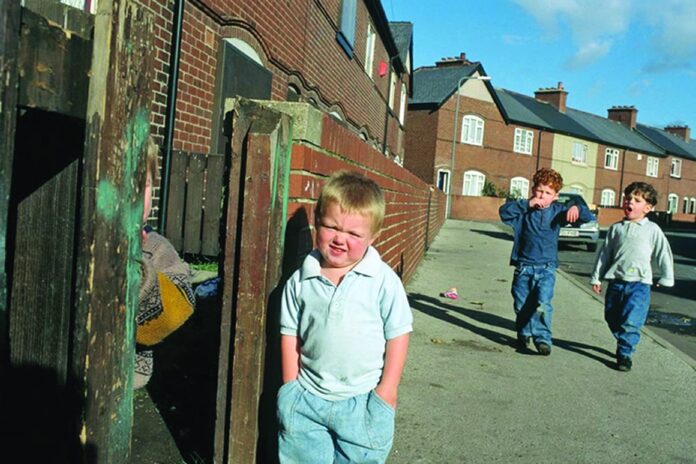New findings published by the National Education Union ahead of its annual conference shine a light on the shocking levels of pupil poverty in the country today.
87 per cent of teachers have seen students showing signs of tiredness/fatigue when in school, as a consequence of poverty. For teachers working in the most deprived areas, this rose to 92 per cent. while 39 per cent of teachers have observed physical underdevelopment among their pupils. Over half of the teachers (52 per cent) from the most deprived schools said the same, compared to a quarter (27 per cent) of those working in the least deprived.
School support staff were even more likely than teachers to report pupils with poverty-related poor hygiene (74 per cent of support staff), pupils in inadequate clothing or shoes (72 per cent) and pupils showing signs of hunger (69 per cent).
More than half of teachers (58 per cent) said their school provides free breakfasts to disadvantaged children. More than a third said that they provide food banks (37 per cent) or lunches beyond the Free School Meals allowance (35 per cent).
Almost two thirds (63 per cent) of school support staff and over half of the teachers responding (54 per cent) told us they personally provide and pay for extra food for pupils. Around two thirds of school leaders (68 per cent) said the same.
Teachers and staff also support disadvantaged pupils in other ways. 78 per cent of teachers pay for learning supplies, e.g. stationery, out of their own pocket, while 29 per cent of support staff provide help with uniforms
Commenting on the findings of the survey, Daniel Kebede, general secretary of the National Education Union, said:
“Child poverty is a political choice, one that has been sustained by successive governments which have failed to get to grips with the solutions. It is profoundly worrying that in one of the richest countries in the world, we continue to expect schools to plug the gap.
“The reality is that child poverty is rising, not falling. Instead of reducing it, the government is making the lives of 4.5m young people and their parents more difficult. Whether it’s the two-child limit or welfare cuts, the end result is the same: more suffering for the most vulnerable in society.
“A government calling for ‘high and rising standards’ cannot at the same time stand idly by in the face of high and rising rates of child poverty. The government must take action.”







